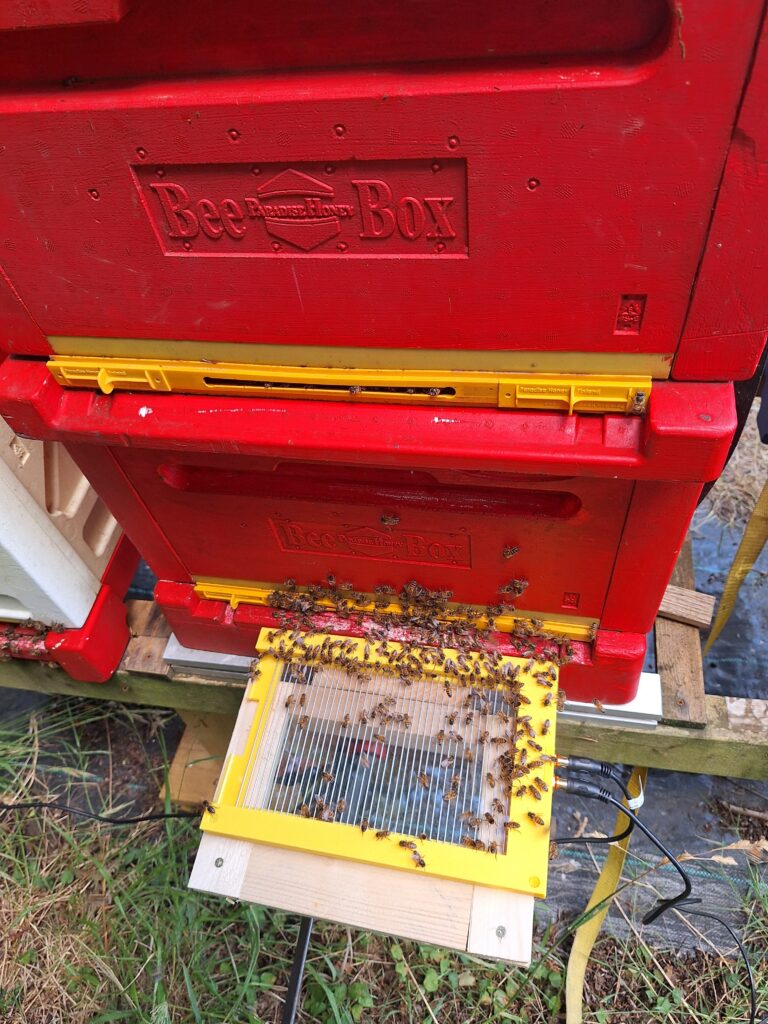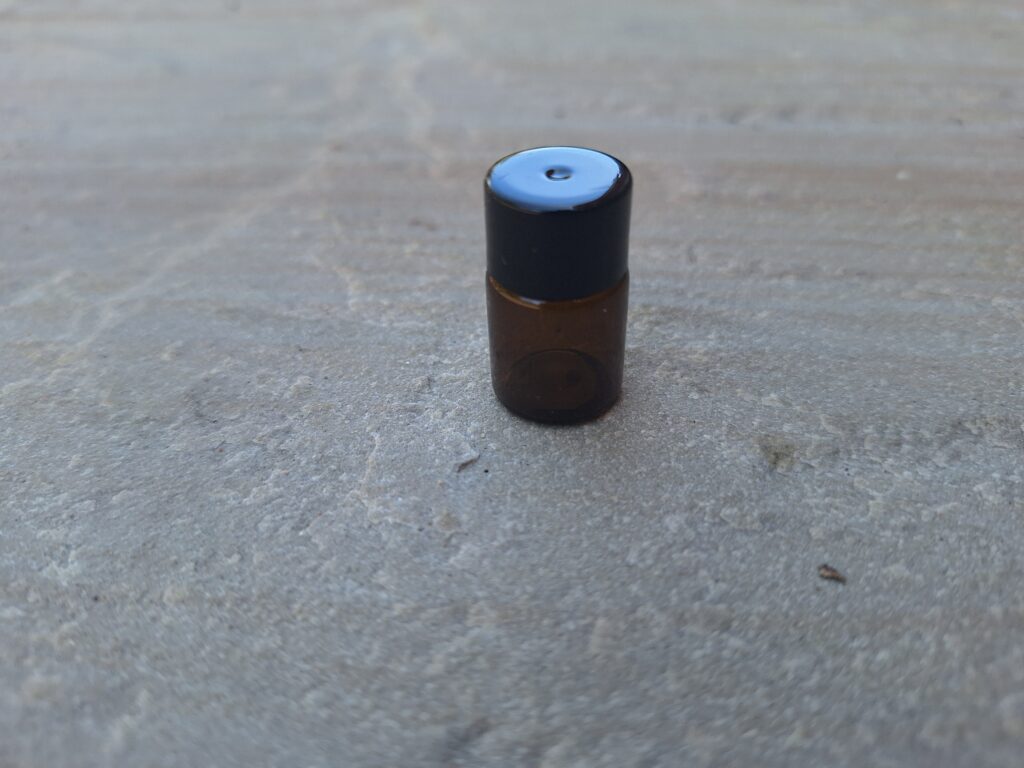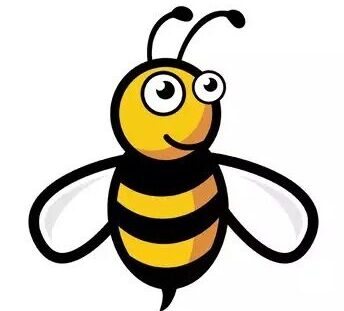Honey bee venom (apitoxin, apis mellifera venom) is a colourless, acidic liquid and contains pharmacologically important constituents. The important constituents present in bee venom are melittin, apamin, hyaluronidase, phospholipase, and histamine. Melittin is considered to be the major constituent of bee venom. The venom is produced in the abdomen of worker bees from a mixture of acidic and basic secretions. After drying, it is a white powder and can be used in pharmaceutical applications and beauty products.
Potential health benefits of bee venom.

Bee Venom can be collected from the bees using a special process that doe not hurt the bees. Usually when a bee stings you it leaves the stinger in your skin, as the barb gets stuck in your soft flesh, and the bee therefore dies, however, in this case the bee is encouraged to sting a sheet of glass and does not loose it’s stinger and continues to live, regenerating it’s bee venom to continue to support he hive.
The bee venom harvesting frame sits on the front of the hive by the main entrance so that the bees sting a special glass plate. This allows the liquid bee venom to be harvested without harming the bees.
Here is a link to the blog posts about bee venom collection.


My Bee Venom is supplied direct from the hives in the UK and is pure white crystalline bee venom powder. It comes in 100 mg bottles that are brown glass as bee venom is light sensitive.
You can use it to make your own creams and lotions. Take care to get the correct concentrations though! There are plenty of recipes online.
1 bottle in stock. £10 per 100 mg contact me for orders
Raw Bee Venom can be extremely dangerous especially if you are allergic to bee or wasp stings. Please handle with extreme care. If adding to creams make sure that the dilution is carried out correctly so that the cream only contains trace amounts of bee venom. A few mg of bee venom go a long way.
- Use at your own risk.
- Store in a cool dry place and keep out of direct sunlight.

Suggested Concentrations of Bee Venom in creams
It is really important to note that you only need tiny quantities of Bee Venom in your creams.
Experiment yourself to find out what works . Below is just a guide and example. also make sure that it is really properly mixed in and homogenized.
- Beautifying Cream for very sensitive skin – 0.01%
- Beautifying Cream for sensitive skin – 0.1%
- Beautifying Cream for moderately sensitive skin – 0.25%
- Cream for joint, muscle, and tendon pain – 0.5%
- Cream for arthritis (apply only to joints) – 1%
- Cream for arthritis (use caution, strong concentration) –2.5%
Other bee venom calculations can be found on the internet.
